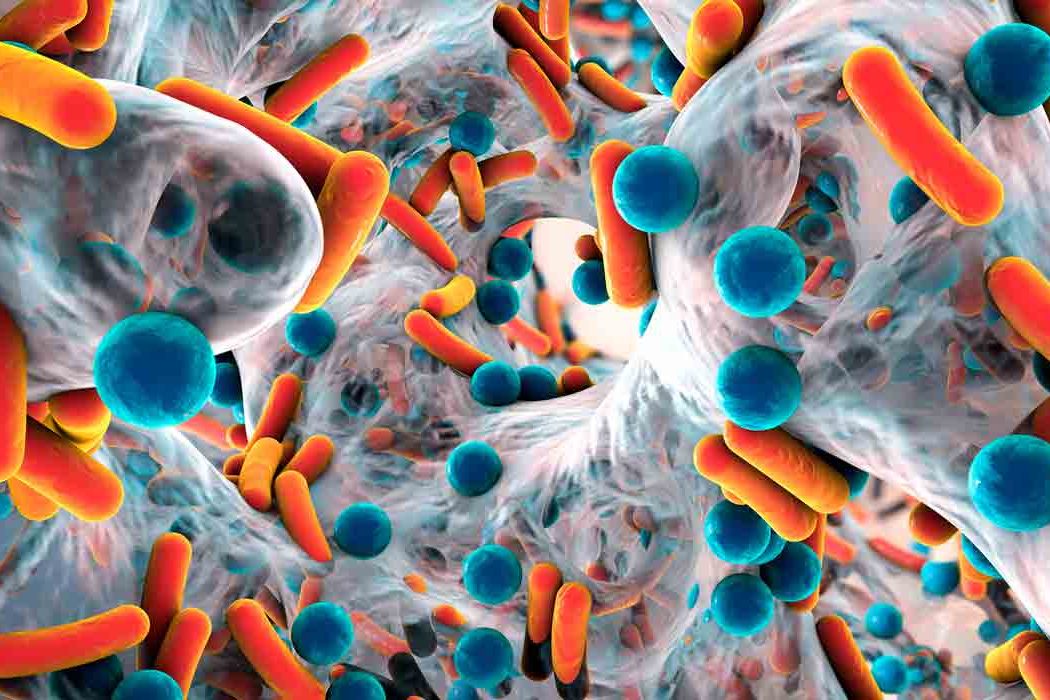The individual combination of microorganisms in the human gastrointestinal tract provides fundamental clues on how any future incidences of type 2 diabetes can be predicted, prevented, and treated. This was demonstrated in a population study conducted by the University of Gothenburg, Sweden.
Previous research led by Fredrik Bäckhed, professor of molecular medicine at the University of Gothenburg Sahlgrenska Academy has shown that an individual’s gut microbiota can contribute to type 2 diabetes.
The research
The current study, now published in the journal Cell Metabolism, describes newly discovered clues in the microbiota on how bacteria can contribute to type 2 diabetes and potentially predict who will develop the disease-based individual’s gut microbiota.
By studying people who have not yet developed type 2 diabetes, the researchers were able to rule out the possibility that the gut microbiota was affected by the disease or its treatment. Most of the previous studies in this field have compared healthy individuals with patients.
What has been observed is that in people with elevated fasting blood glucose levels or reduced glucose tolerance – a condition known as prediabetes – as well as in people with untreated type 2 diabetes, the gut microbiota changes. Consequently, the results show that the gut microbiota can be used to identify people with diabetes.
The study also shows that in the gut microbiota of study participants with prediabetes or who had developed type 2 diabetes, the potential to produce butyrate was reduced (butyrate is a fatty acid that promotes hormone production in the gastrointestinal tract and controls inflammation). This substance is mainly made up of beneficial bacteria in the gut that digest dietary fibers.
One possible implication is that altering the individuals’ fiber intake and perhaps matching fiber types to a specific microbiota, or the development of next-generation probiotics to add missing bacteria, may allow the development of new therapies or approaches to diabetes prevention.
The conclusions
“Our study clearly shows that the composition of the gut microbiota can have great potential to help us understand the risks of developing type 2 diabetes, and therefore, improve our chances of detecting, preventing, and treating the disease,” Bäckhed said.
The results confirm the idea that the gut microbiota interacts with body functions and internal conditions. The intestinal tract contains more than one kilogram of bacteria that are important for our health, and the types of intestinal bacteria found in people with type 2 diabetes seem to differ from those found in healthy people.
“We hope to find patterns and identify which components of the gut microbiota pinpoint people with a high risk of developing type 2 diabetes. In the future, we may be able to prescribe individualized dietary changes or develop new types of probiotics that can prevent or even treat the disease,” Bäckhed said.
The recently published research is based on a population-based study led by the University of Gothenburg and the Sahlgrenska University Hospital since 2013. It involved some 5,000 randomly selected people who were invited to participate in the study, and its purpose was to investigate what factors might denote an increased risk of type 2 diabetes. To confirm and verify the findings, the researchers also analyzed samples collected from the Swedish Cardiopulmonary Bioimage Study (SCAPIS), a nationwide population study.
Link: https://www.sochob.cl/web1/la-microbiota-intestinal-proporciona-pistas-para-tratar-la-diabetes/
Date: July 16th, 2020
Source: https://www.eurekalert.org
Reference: Wu H, Tremaroli V, Schmidt C, et al. The gut microbiota in prediabetes and diabetes: a population-based cross-sectional study. Cell Metabolism. Published:July 10, 2020.
Nutrigenomics Institute is not responsible for the comments and opinions included in this article






